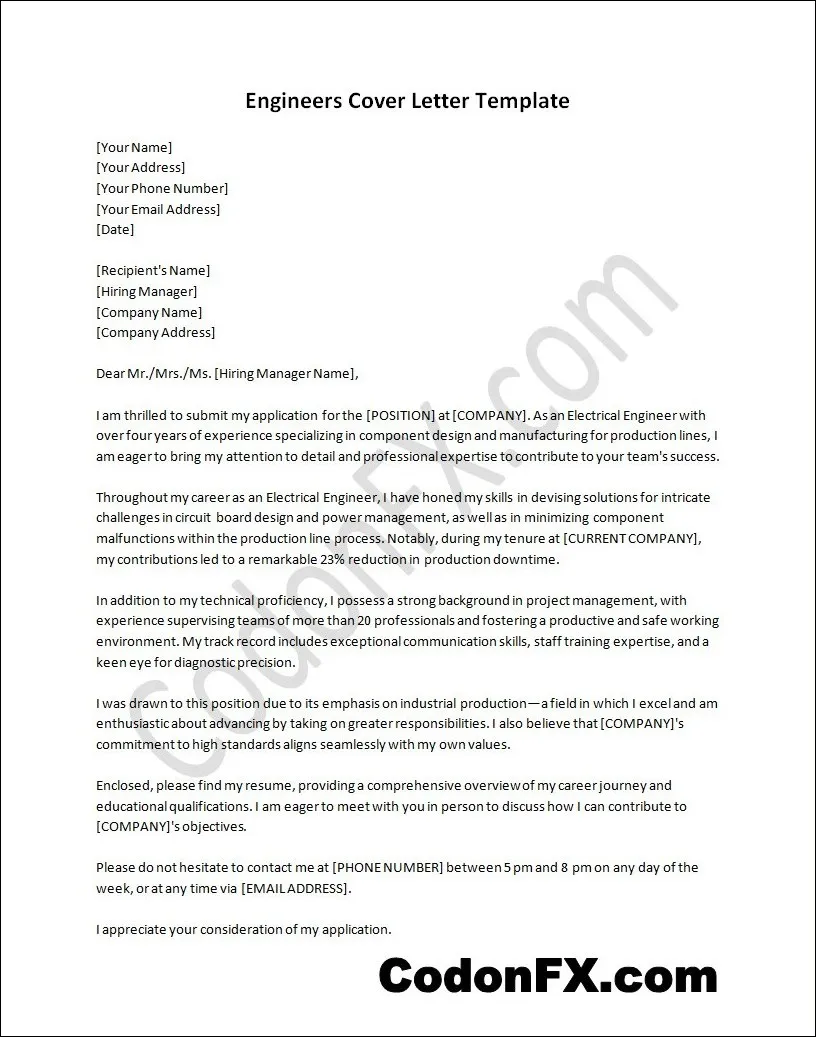Why a Powerful Cover Letter Matters for Engineers
In the competitive world of engineering, your resume is a crucial first impression, but a well-crafted cover letter is your opportunity to truly shine. It’s where you can go beyond the bullet points and demonstrate your personality, passion, and unique value proposition. Think of it as your personal introduction to the hiring manager, a chance to tell a story about your career aspirations and how you can contribute to their team. A strong cover letter showcases your communication skills, a vital asset for any engineer. It allows you to highlight specific projects, explain complex technical details in a concise manner, and demonstrate your understanding of the company’s needs. A poorly written cover letter, however, can immediately disqualify you, no matter how impressive your resume is. Therefore, investing time and effort in perfecting your cover letter is essential for securing your dream engineering job.
Highlighting Your Technical Skills
Engineers possess a diverse set of technical skills, and your cover letter is the perfect place to showcase them strategically. Don’t just list your skills; demonstrate how you’ve applied them in real-world scenarios. Identify the key technical skills required for the specific engineering role you are applying for. These might include programming languages (C++, Python), CAD software (AutoCAD, SolidWorks), or specific engineering principles (thermodynamics, structural analysis). Provide concrete examples of how you’ve utilized these skills in previous projects. Did you design a new component using a specific software? Did you optimize a system using a particular algorithm? Did you troubleshoot a complex issue using your knowledge of a specific engineering discipline? Focus on the skills most relevant to the job description and tailor your examples to resonate with the employer’s needs. Be specific and avoid generic statements. Instead of saying ‘Proficient in AutoCAD,’ say ‘Utilized AutoCAD to design and create detailed blueprints for the XYZ project, resulting in a 15% reduction in material costs.’
Quantifying Your Achievements
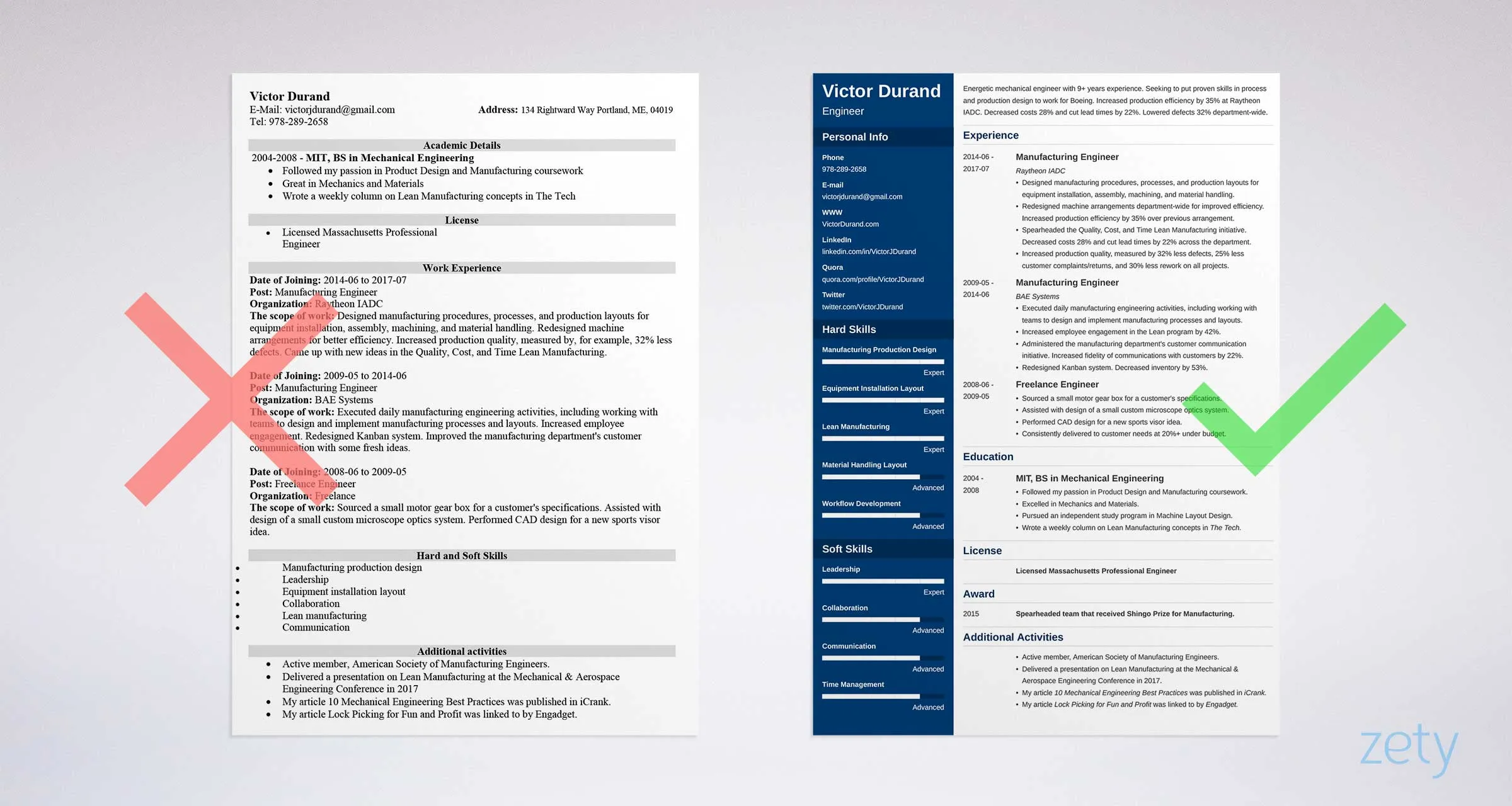
Quantifiable achievements are the cornerstone of a compelling cover letter. They provide concrete evidence of your abilities and impact. Whenever possible, use numbers and data to showcase the results of your work. Instead of saying ‘Improved efficiency,’ state ‘Improved system efficiency by 20%.’ Did you streamline a process, reduce costs, or increase productivity? These achievements should be prominently featured. Consider using metrics such as percentages, dollar amounts, or time saved to quantify your contributions. For instance, ‘Reduced manufacturing defects by 10% through implementation of a new quality control process.’ or ‘Led a team of five engineers to complete the ABC project two weeks ahead of schedule.’ By providing specific data points, you demonstrate that you are not just skilled, but also results-oriented. This approach makes your cover letter more persuasive and memorable.
Showcasing Relevant Projects
Your cover letter is an ideal platform to highlight specific projects that align with the job requirements. Select projects that showcase your most relevant skills and experiences. Briefly describe the project’s objective, your role, and the results achieved. Focus on projects that demonstrate your ability to solve problems, work in teams, and deliver tangible outcomes. For each project, mention the key technologies and tools used, the challenges faced, and how you overcame them. Did you design a bridge? Did you develop a new software application? Did you contribute to the development of a new product? Provide enough detail to give the reader a clear understanding of your capabilities. Consider adding a link to your portfolio or online profile if you have one, so the hiring manager can easily access more information about your projects. This adds extra credibility to your application, and makes it stand out from other candidates.
Tailoring Your Cover Letter
One of the biggest mistakes engineers make is sending out generic cover letters. Customization is key. Tailor each cover letter to the specific job and company you are applying to. Demonstrate that you’ve read the job description carefully and understand the requirements. Address the specific needs of the employer and explain how your skills and experience align with their expectations. Show your enthusiasm for the company and the role by mentioning specific aspects of the company’s work that interest you. Research the company’s mission, values, and recent projects. Identify any specific technologies or methodologies used by the company and highlight your experience with them. Personalize your cover letter by mentioning the hiring manager’s name, if possible. Use the keywords from the job description throughout your cover letter, but make sure they fit naturally within the text. Avoid using a generic template; create a cover letter that is unique and tailored to each application.
Researching the Company and Role
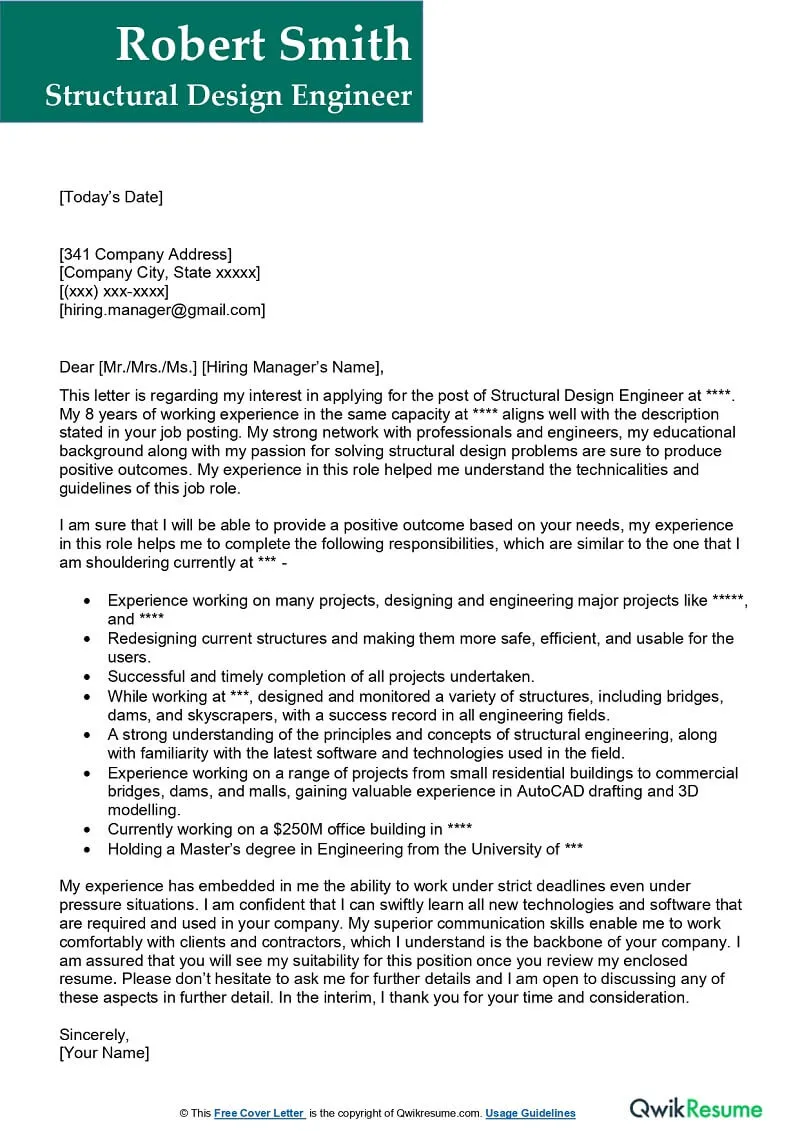
Before you start writing, thoroughly research the company and the specific role you are applying for. Visit the company’s website, read their mission statement, and explore their recent news and projects. Understand their products, services, and target market. Identify the key challenges and opportunities facing the company and consider how your skills and experience can help them succeed. Analyze the job description carefully and identify the essential qualifications and skills. Note the key responsibilities and expectations. The goal is to show the hiring manager that you are genuinely interested in the company and understand the role, and that you’ve taken the initiative to learn about their business. Demonstrate your knowledge of the company’s work and explain how your skills and experience can contribute to their goals. This will make your cover letter more persuasive and relevant, significantly increasing your chances of getting an interview.
Adapting to Specific Job Requirements
Once you’ve researched the company and the role, focus on how your qualifications match the specific requirements. Carefully review the job description and identify the essential and preferred qualifications. Highlight the skills and experiences that align with these requirements. Use the keywords from the job description throughout your cover letter, but do not simply copy and paste them. Instead, weave the keywords naturally into your narrative. For example, if the job requires experience with a specific software, explain how you used that software in your previous projects. If the job requires strong communication skills, provide an example of how you effectively communicated technical information to a non-technical audience. If you lack experience in a particular area, focus on transferable skills and your willingness to learn. Show the hiring manager that you are adaptable and enthusiastic about learning new skills. Emphasize the value you bring to the role, and make a strong case for why you are the best candidate for the job.
Formatting and Structure for Impact
The formatting and structure of your cover letter are essential for making a positive impression. Your cover letter should be easy to read, well-organized, and visually appealing. Use a professional font, such as Arial or Times New Roman, and maintain consistent font sizes throughout the document. Use clear headings and subheadings to break up the text and make it easier for the reader to scan. The cover letter should typically include the following sections a header with your contact information, a formal salutation, an introductory paragraph, one or two body paragraphs that highlight your skills and achievements, a concluding paragraph that expresses your interest and thanks the reader, and a professional closing, such as ‘Sincerely’ or ‘Best regards.’ Ensure that your cover letter is well-spaced, with ample white space to enhance readability. A well-formatted cover letter demonstrates attention to detail and professionalism, indicating that you are serious about the application.
The Importance of a Professional Tone
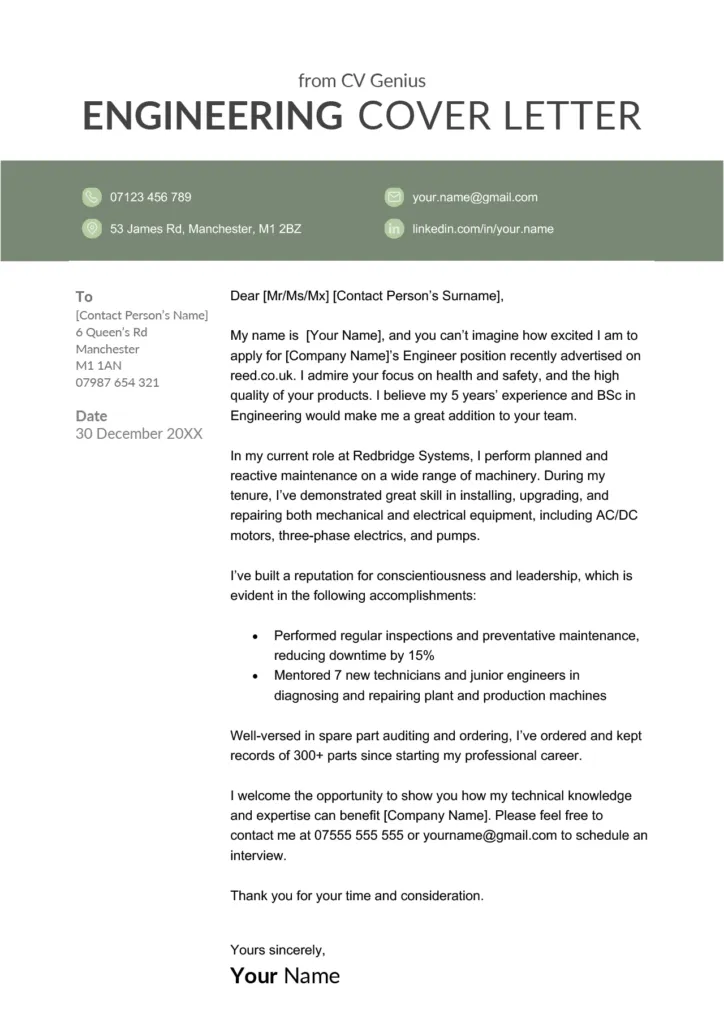
Maintain a professional and respectful tone throughout your cover letter. Avoid using slang, jargon, or overly casual language. Your cover letter should reflect your professionalism and attention to detail. Use formal language and address the hiring manager appropriately. If you know their name, use it in the salutation. Otherwise, use a general salutation, such as ‘Dear Hiring Manager.’ Your tone should be confident and enthusiastic, but avoid being arrogant or boastful. Focus on highlighting your skills and achievements in a clear and concise manner, avoiding clichés or overly dramatic language. The goal is to create a positive first impression and demonstrate your professionalism. Your writing style should be clear and concise, avoiding unnecessary words or phrases. Proofread your cover letter carefully for any grammatical errors or typos. A professional tone and flawless writing create a positive impression, showing that you are capable and reliable.
Cover Letter Length and Layout
Keep your cover letter concise and to the point. Aim for one page, or at most, one and a half pages. Recruiters and hiring managers are busy people, so they appreciate brevity. Focus on the most relevant information and avoid repeating details from your resume. Start with a compelling introductory paragraph that grabs the reader’s attention and clearly states your interest in the role. In the body paragraphs, highlight your key skills, achievements, and how they align with the job requirements. Use bullet points to make it easy for the reader to scan the text and identify key information. Conclude with a strong closing paragraph that reiterates your interest and expresses your gratitude. Ensure your cover letter is well-formatted and easy to read. Use a professional font, such as Arial or Times New Roman, and maintain consistent font sizes throughout the document. Use clear headings and subheadings to break up the text and enhance readability. Properly structured and formatted cover letters increase your chance to success.
Proofreading and Editing Your Cover Letter
Proofreading and editing are critical steps in crafting a powerful cover letter. Typos and grammatical errors can undermine your credibility and make you appear careless. Read your cover letter multiple times, checking for spelling, grammar, punctuation, and sentence structure. Use a spell checker and grammar checker, but don’t rely on them entirely. They may miss subtle errors. Have a friend, colleague, or career counselor review your cover letter. A fresh pair of eyes can catch mistakes that you might have missed. Read your cover letter aloud to ensure that it flows smoothly and makes sense. Pay attention to the tone and style of your writing. Make sure it is professional and reflects your personality. Ensure that all the information in your cover letter is accurate and up-to-date. Double-check your contact information, the company’s name, and the job title. Proofreading and editing are essential for creating a polished, professional cover letter that will impress the hiring manager.
Avoiding Common Mistakes
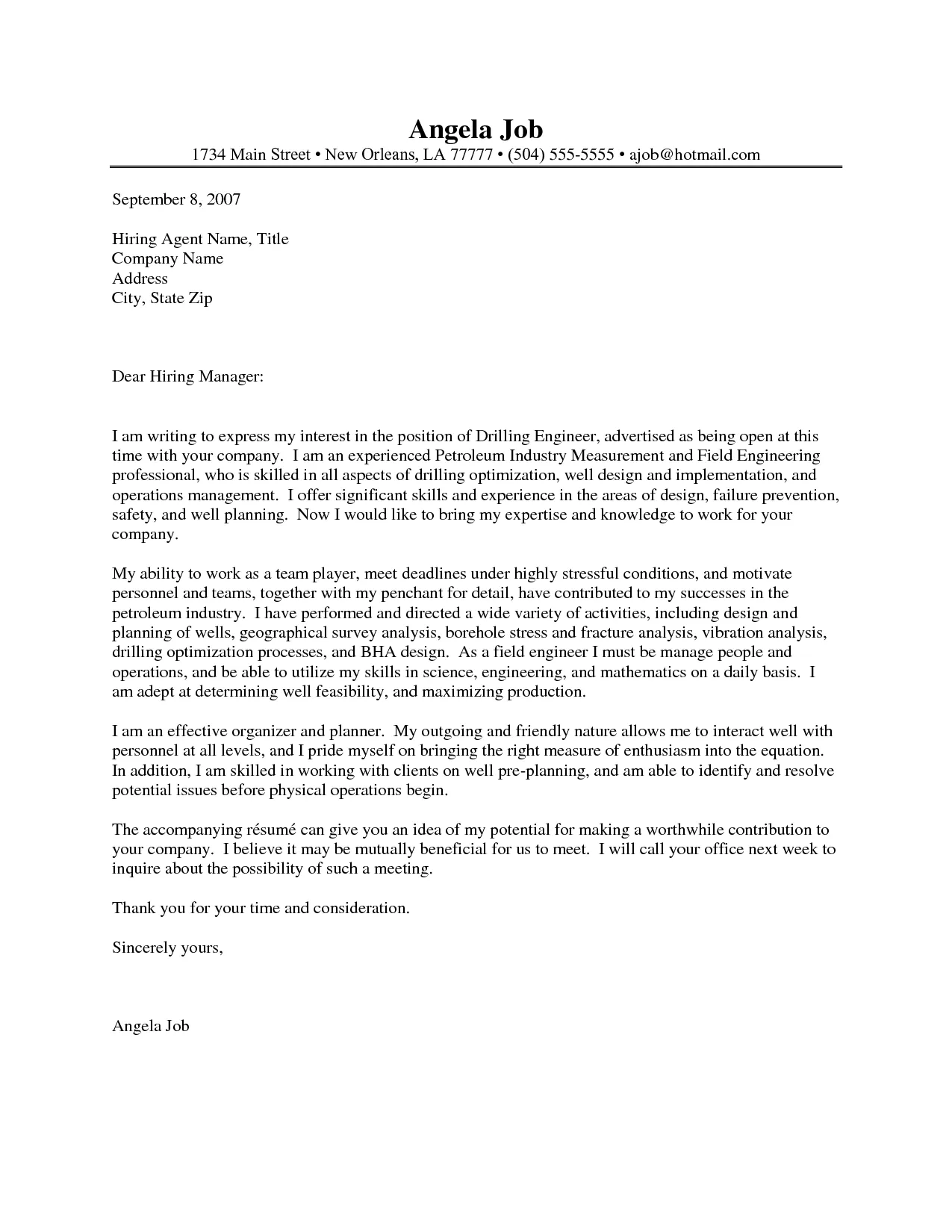
Many engineers make common mistakes that can significantly reduce the effectiveness of their cover letters. Avoid these pitfalls to increase your chances of success. These mistakes can be easily fixed with careful attention to detail and a little bit of effort.
Generic Language and Clichés
Avoid using generic language and clichés. They make your cover letter sound unoriginal and uninspired. Instead of stating the obvious, provide specific examples that demonstrate your skills and achievements. Avoid using phrases such as ‘I am a hard worker’ or ‘I am a team player.’ These phrases are overused and do not provide any real value. Use specific examples to show that you are a hard worker and a team player. For instance, instead of saying ‘I am a team player,’ state ‘I collaborated with a team of five engineers on the XYZ project, where I was responsible for…’ Replace generic phrases with concrete details. Use action verbs and quantify your achievements whenever possible. Replace clichés with specific details and relevant examples. Generic language and clichés make your cover letter less effective.
Typos and Grammatical Errors
Typos and grammatical errors are a major red flag for hiring managers. They indicate a lack of attention to detail and a lack of professionalism. Always proofread your cover letter carefully. Use a spell checker and grammar checker. However, don’t rely on these tools entirely, as they may miss subtle errors. Have a friend, colleague, or career counselor review your cover letter to catch any mistakes that you might have missed. Read your cover letter aloud to check for any awkward phrasing or sentence structure. Typos and grammatical errors can undermine your credibility and create a negative impression. A clean, error-free cover letter demonstrates your attention to detail and professionalism.
Failing to Address the Recruiter’s Needs
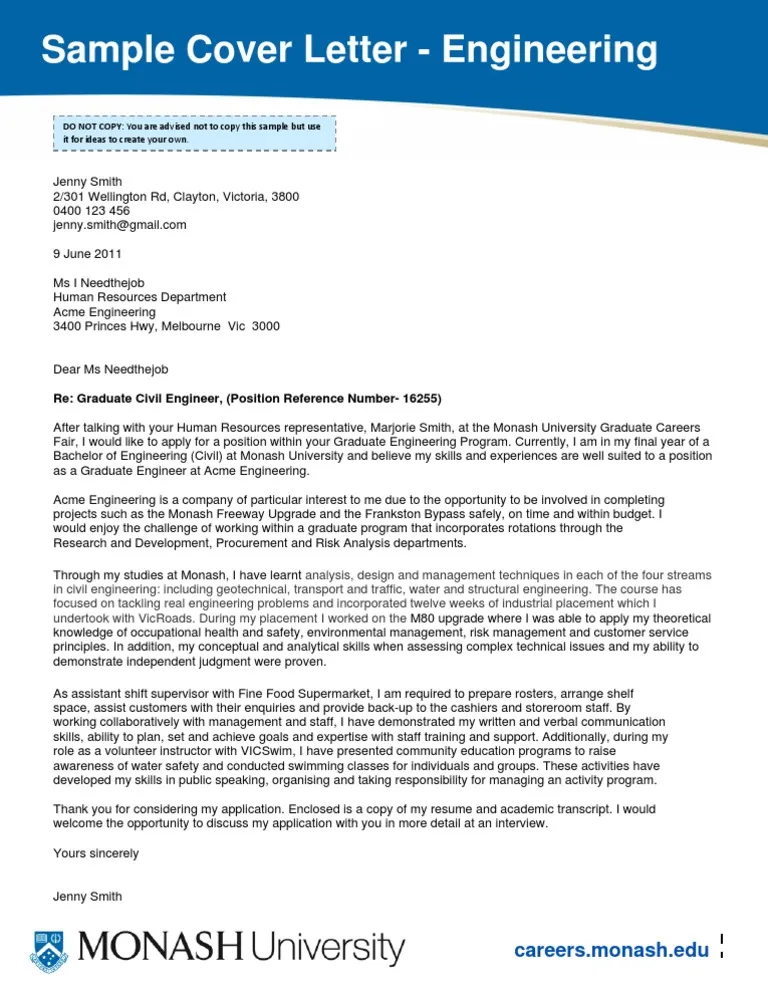
Failing to address the recruiter’s needs is a common mistake. Your cover letter should be tailored to the specific job requirements and demonstrate how your skills and experience align with the employer’s needs. Show that you have read the job description carefully and understand the expectations. Highlight the skills and experiences that are most relevant to the role. Don’t just list your skills; provide concrete examples of how you have applied them in real-world scenarios. Demonstrate your understanding of the company’s work and explain how your skills and experience can contribute to their goals. Show your enthusiasm for the company and the role. The hiring manager is looking for a candidate who can solve their problems and contribute to their success. By addressing the recruiter’s needs, you can prove you are the perfect candidate for the job.
Concluding with Confidence
Your conclusion should be confident, concise, and leave a lasting positive impression. Reiterate your interest in the role and the company. Express your enthusiasm for the opportunity to contribute to their team. Thank the hiring manager for their time and consideration. Include a call to action, such as ‘I look forward to hearing from you soon’ or ‘I am eager to discuss my qualifications further in an interview.’ End with a professional closing, such as ‘Sincerely’ or ‘Best regards,’ followed by your name and contact information. The conclusion is your final opportunity to make an impact, so make it count. A strong conclusion shows your confidence and professionalism.
